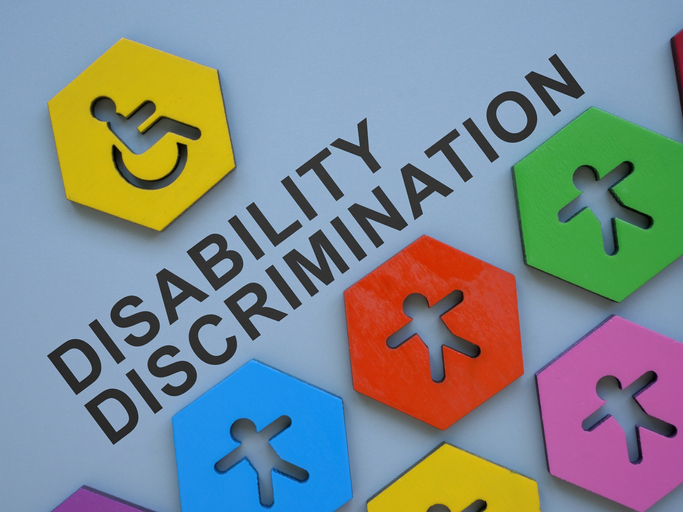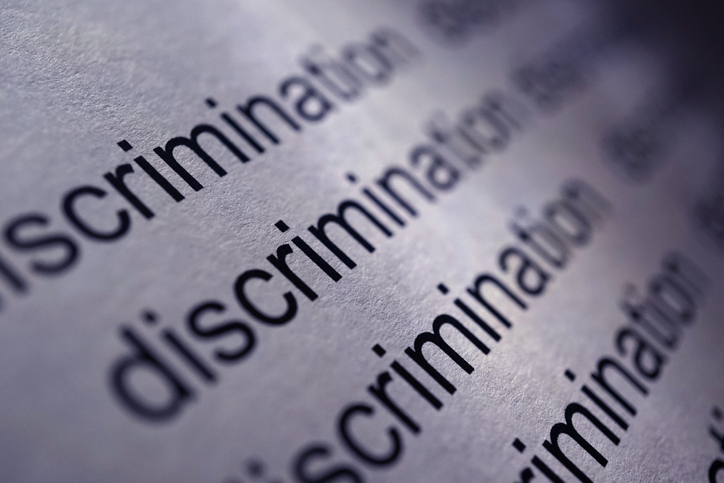Living with Chronic Pain
What Is the U.N. Convention on the Rights of Persons With Disabilities?

The Convention on the Rights of Persons with Disabilities, adopted in 2006, was designed to shift the view and treatment of disabled individuals to that of subjects with basic human rights. This may include handicap accessibility to buildings, sign language interpretation, provision for jobs, full explanations of procedures, removal of barriers that exist between disabled individuals and their rights, etc.
Principles
The convention is built from 8 principles, which include the following:
- Respect for inherent dignity, individual autonomy, including the freedom to make one’s own choices, and independence of persons
- Non-discrimination
- Full and effective participation and inclusion in society
- Respect for difference and acceptance of persons with disabilities as part of human diversity and humanity
- Equality of opportunity
- Accessibility
- Equality between men and women
- Respect for the evolving capacities of children with disabilities and respect for the right of children with disabilities to preserve their identities
Goal
The goal of the convention is to promote disability inclusion. An estimated 26% of individuals in the United States and 22% of Canadians are disabled. These individuals are more likely to have heart disease, stroke, cancer, diabetes, and mental health disorders. They frequently struggle to function financially, physically, etc., and are less likely to engage in the community. These disparities are recognized and addressed by the United Nations convention.
Topics
The convention includes several topics, such as education, health, raising awareness, accessibility, access to justice, personal mobility, work and employment, freedom from exploitation, violence and abuse, etc. Each topic contains a section on needs as well as how to improve the related conditions for disabled individuals.
Additional sources: World Health Organization, United Nations: Department of Economic and Social Affairs, United Nations Human Rights: Office of the High Commissioner, and United Nations: Department of Economic and Social Affairs


















